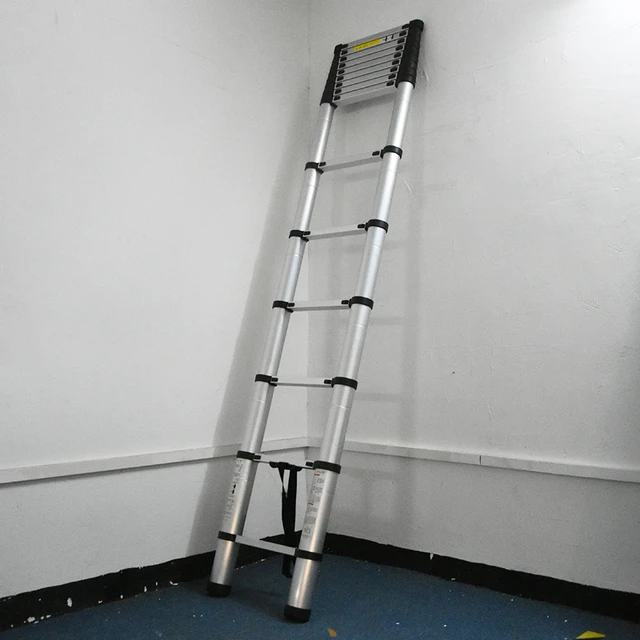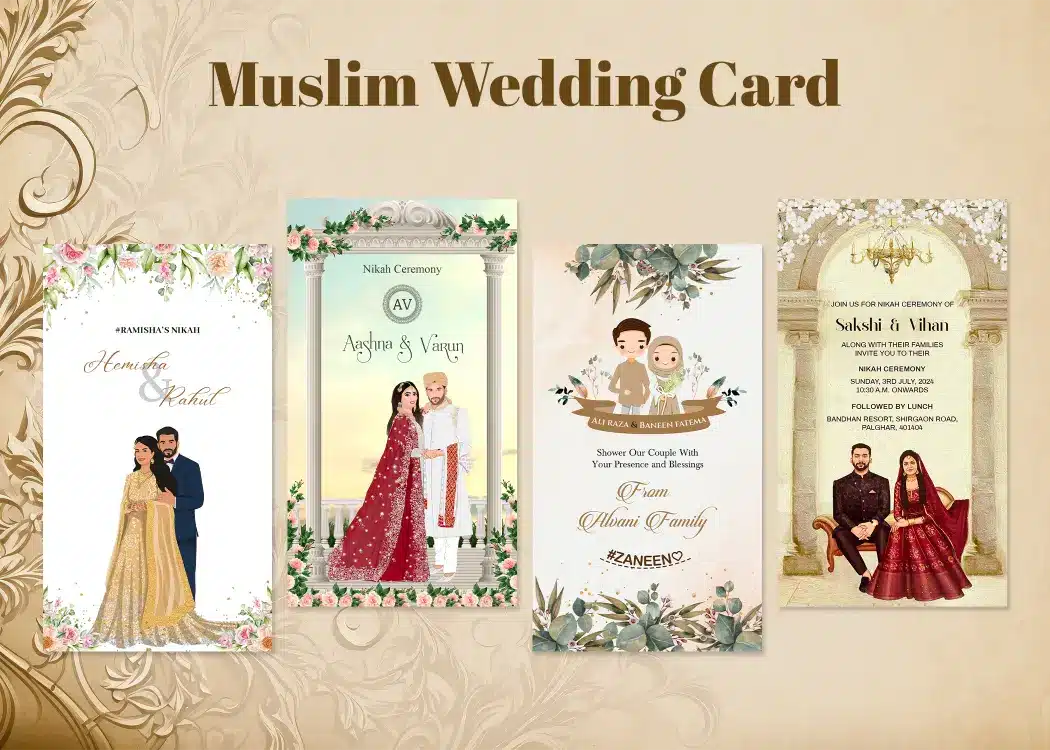If you’ve been a long time aspiring writer like myself, and love to dabble in short stories to ‘sharpen your sword’ as it were, although I prefer to stick with the word pencil rather than sword, today I’ll be covering some basics that I’ve picked up over the years, and discussing them with the hopes of possibly helping a fellow writer out who might be looking for some inspiration.
Writing a short story might seem daunting, but with the right approach, you can craft a narrative that’s both compelling and concise, and perhaps, when you’ve written enough, add them together to create your own short story collection. Well that’s what I enjoy doingm, anyways! Short and flash fiction for me is about opening up your mind to the endless creative possibilities that can be found in those few short hundreds or thousands of words, covering whatever genres or subject you fancy. Let’s start breaking some ideas down then, and we’ll see where we end up! (That’s another way I like to write my own stories).
Understanding Short Story Basics
Before you dive into writing, it’s key to grasp the fundamentals that make a short story pop. Understanding these basics can guide you in crafting a narrative that resonates and leaves a lasting impression.
Defining a Short Story
A short story is a condensed narrative focusing on one main idea or theme, often exploring it through a small cast and a concise plot. Think of it like a well-packed suitcase filled with only the essentials. Typically, it ranges from 1,500 to 7,500 words, making every word count. It’s about capturing a moment or a single slice of life, leaving the reader both satisfied and curious for more.
Key Elements of a Short Story
First up, you’ve got your characters—usually just a handful, each one developed enough to feel real and relatable. Next, the setting plants your story in a time and place, grounding your reader. Conflict drives the plot, giving your characters challenges to overcome. Don’t forget the climax, where tension spikes, leading to a resolution. Dialogue breathes life into interactions, and themes subtly weave deeper meanings throughout your tale. Each element must work together seamlessly, creating a cohesive and compelling narrative.
Planning Your Short Story
Although with shorts I don’t do much planning, the idea arrives then I tend to splurge it down on the page and edit it later, it can still sometimes be nice to have a bit of structure or skeleton that can come in handy if the story is too long or complex to finish in one sitting. If that’s the case, there’s plenty of things you can think about when putting together the bare bones of your story.
Choosing a Theme
First up, themes. What’s the big idea behind your story? Think about what you want your readers to ponder. Will it be love, friendship, or maybe mystery? Look for themes that resonate with you. If your story’s got heart, your readers will feel it. Themes should be woven subtly throughout your narrative like a delicate thread, ensuring your story has depth and meaning. So, what will your story make your readers think about long after they’ve finished reading?
Developing Characters
Characters are the soul of the story. Who are they, and what do they want? You don’t need anyone special, someone ordinary can be what hooks the reader. Give them a backstory, desires, and flaws. Imagine their quirks and habits, like biting nails when nervous or humming tunes when happy. The way they act in different situations makes them real. Remember, even the villain should have a reason for their choices. How will your characters grow and change as your story unfolds?
Setting and Atmosphere
Your setting is more than just a backdrop. Where does your story take place? It can set the mood like an old, dusty library or a sunny beach on a bright day. Don’t just tell us about the setting; show it through descriptive language. Are there birds chirping, or is there a chilling silence? Create an atmosphere that fits the tone of your theme and characters. How might your characters interact with the environment around them? That interaction will bring your setting to life.
Writing Your Short Story
Creating a Plot Outline
Sketch a plot outline before diving in. Jot down the main events, twists, and turns. Think of it as a road map guiding your journey. Who’s your protagonist? What’s their goal? Begin with a hook that grabs your reader. Develop a rising action that builds tension. Erupt with a climax, and tie up loose ends with a satisfying conclusion. This structure keeps you on track and ensures a coherent narrative.
Writing Compelling Dialogue
Dialogue should sound natural, not forced. Listen to how people talk. Throw in some slang and humour to keep it lively. Each character’s dialogue should reveal something about them. Is someone nervous? Watch how they stutter or repeat themselves. Is someone angry? Notice their short, snappy sentences. Good dialogue adds layers to characters and moves the story forward.
Show, Don’t Tell: Descriptive Techniques
Paint scenes with vibrant imagery. Instead of saying “He was scared,” show it. His hands might tremble, his breath comes in gasps. Use metaphors and similes to add depth, like “Her smile was as bright as the sun.” Engage the senses. Describe the smell of rain-soaked earth, the taste of salty sea air, or the sound of rustling leaves. This approach makes your story more immersive and engaging.
Editing and Refining
Editing your short story sharpens the narrative and ensures clarity. Follow these steps to polish your draft.
Tips for Self-Editing
Dive into edits once you’ve let your story sit for a bit. This breather can provide a fresh perspective. Look out for inconsistencies in plot and character development. Spot redundant words or phrases, and cut them ruthlessly. Grammarly isn’t a foolproof method but can be a handy starting point. Read your story aloud to catch awkward dialogue or clunky sentences. If a sentence trips you up, it’s likely to trip your readers too. Rely on instinct, trust your gut feelings, and ensure each section contributes to the story’s momentum.
Seeking Feedback
Don’t be shy about seeking external opinions. Choose someone who’s into your genre, not just your mum who’ll love anything you jot down. Provide context before handing over your script. Ask open-ended questions like, “Were there any confusing parts?” Listen to their feedback with an open mind and note patterns in their suggestions. True, it’s your story, but fresh eyes can reveal details you might have missed. Feedback can sometimes sting like a nettle, but it’ll help craft a story that’s as sharp as a tack.
Publishing Your Short Story
If you feel like you’ve crafted a gem of a short story, edited it until it sparkles, and feel it’s time to set it free into the world, you absolutely should! Perhaps look out for some local or national competitions that would be a great match for your story, or perhaps you just want to upload it to a platform so friends and family can see it, it’s all upto you.
Finding the Right Platform
Where’s the best place for your story to call home? Different platforms serve different tastes. Online literary magazines are eager to showcase fresh talent. Consider local print magazines as well, which love celebrating home-grown tales. Don’t overlook competition anthologies that might catapult your work to new heights. There are alos places like Amazon and other publishing platforms that you may be able to upload your work to. The biggest key is to do your due diligence, and then go for it!
Final Thoughts
Writing a short story is both an art and a craft. By focusing on essential elements like characters, setting, and conflict, you’re laying a solid foundation. Outlining your plot and refining your dialogue will ensure your story captivates readers. Don’t forget the importance of editing and seeking feedback to polish your work. Finally, choosing the right platform to publish your story can make all the difference in reaching your audience. Embrace these steps and you’ll be well on your way to crafting compelling short stories that resonate with readers.
Feel free to submit more guest posts through Links Building Servcies - Best Prices. Buy Author Account / 1$ Guest Post Here
























